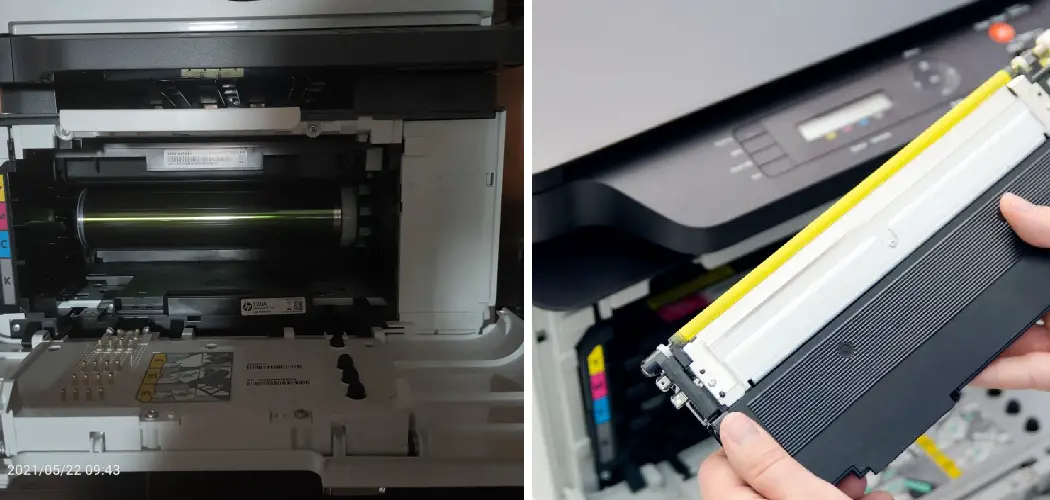Emptying the toner waste container is an essential maintenance task for laser printers, ensuring optimal performance and print quality. Over time, as toner cartridges are used, excess toner collects in the waste container, which can lead to printing problems if not addressed.
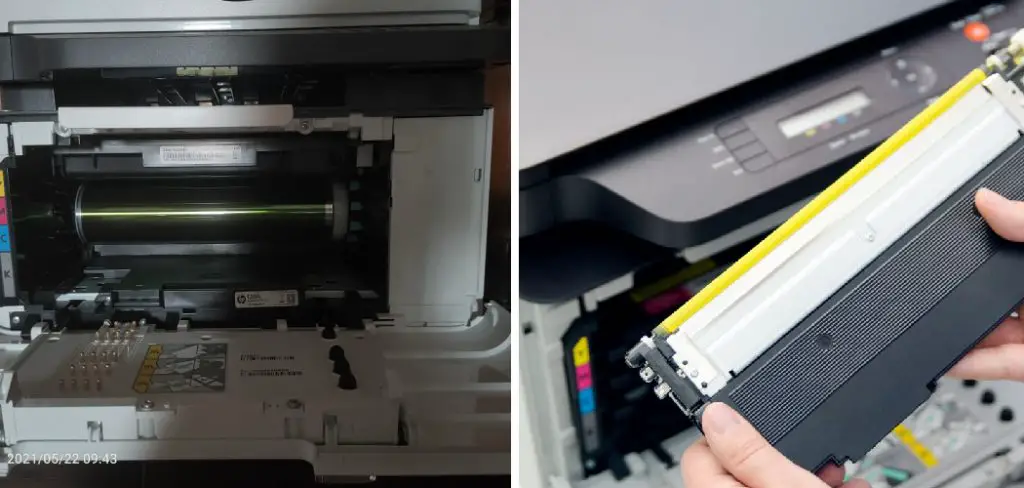
This guide will provide detailed steps and tips on how to empty toner waste container, helping you to prolong the life of your printer and maintain clear, vibrant printouts.
Importance of Regular Maintenance
Regular maintenance of your laser printer, including emptying the toner waste container, is crucial for several reasons. It helps to prevent malfunctions and extend the lifespan of the printer, saving you money on repairs or replacements. Additionally, routine upkeep ensures consistent print quality, reducing the chances of smudges or streaks on your documents.
By keeping the printer clean and well-maintained, you can also enhance its efficiency, allowing for faster printing speeds and minimizing downtime. Overall, prioritizing regular maintenance is key to achieving optimal performance and reliability from your printer.
Understanding the Toner Waste Container
The toner waste container, often referred to as the waste toner bottle or cartridge, plays a vital role in the functioning of laser printers. Its primary function is to collect excess toner that is not used during the printing process. This includes any leftover toner that clogs the printer’s internal components or is discarded during the printing of each page.
Understanding this component is essential for effective printer maintenance; neglecting to empty the waste container can lead to backups that may disrupt printer operation, degrade print quality, and potentially damage the printer itself. By becoming familiar with the toner waste container’s purpose, you can better appreciate the importance of regular checks and timely emptying as part of your printer maintenance routine.
10 Methods How to Empty Toner Waste Container
1. Refer to the Printer’s User Manual
The first step in emptying a toner waste container is to consult your printer’s user manual. Different models of laser printers have various ways to access and empty the toner waste container. The manual will provide specific instructions on how to locate the waste container, safely remove it, and empty it properly.
It will also outline safety precautions, such as wearing gloves to avoid contact with toner particles and ensuring the printer is turned off before beginning. This method ensures you’re following the manufacturer’s recommendations, which helps avoid damaging your printer.
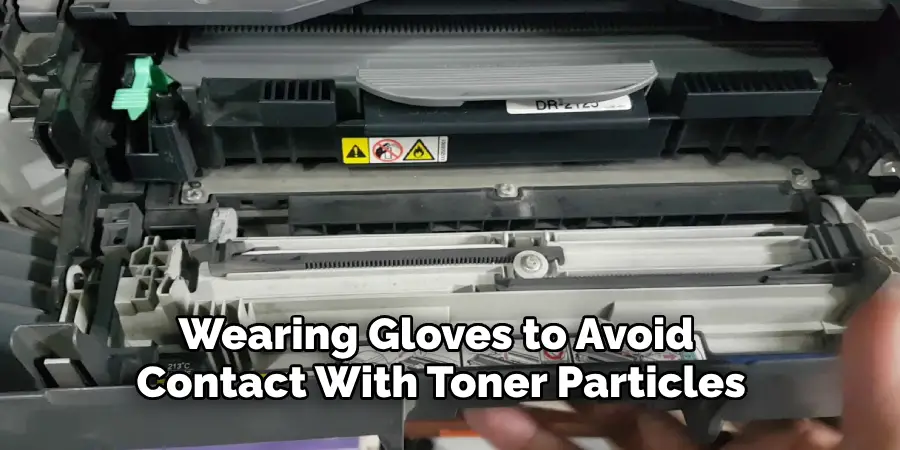
2. Accessing the Printer’s Toner Waste Compartment
In most laser printers, the toner waste container is located inside the printer’s main body, often near the toner cartridges. To access the waste compartment, you’ll need to open the printer’s front or side panel, depending on the model.
After powering off the printer and allowing it to cool down, gently open the panel and look for the waste container. It’s typically a rectangular or cylindrical plastic container that is easily detachable. By following the manufacturer’s instructions, you can access this compartment safely and proceed to empty the container.
3. Removing the Toner Waste Container
Once you’ve located the toner waste container inside your printer, carefully remove it from its holder. Some models have tabs or clips that secure the container in place, while others might have a simple pull mechanism. Use both hands to gently pull the container out, making sure not to spill any toner.
If the container feels stuck, avoid using excessive force, as this could damage the container or the printer. Instead, consult your printer’s manual for additional instructions on how to release it properly. Removing the container without spilling is crucial to prevent toner dust from contaminating the internal components of the printer.
4. Emptying the Toner Waste Container into a Trash Bag
After removing the toner waste container, take it to a well-ventilated area, preferably outdoors or in a garage, to empty it. Toner particles can be hazardous if inhaled in large amounts, so it’s important to handle them carefully. Place the container inside a large plastic trash bag, keeping the opening of the container inside the bag as you empty the waste.
Gently shake or tap the container to release the toner into the bag, ensuring that none of the toner escapes into the air. Once emptied, seal the trash bag tightly and dispose of it in accordance with your local waste disposal regulations.
5. Using Compressed Air to Clean Residual Toner
Sometimes, even after emptying the toner waste container, small amounts of toner may cling to the inside walls of the container. To ensure that it’s fully cleaned, you can use a can of compressed air to blow out any remaining toner particles.
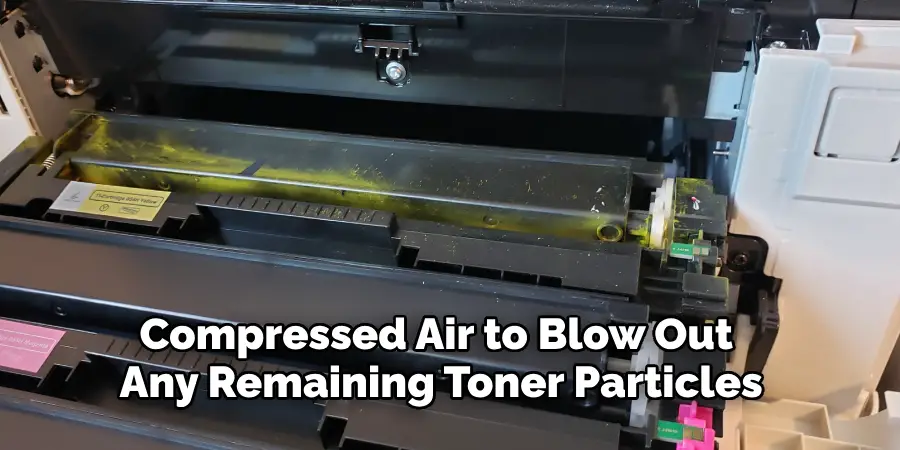
Hold the container over a trash bag and carefully spray short bursts of compressed air into the container. Be sure not to blow air too forcefully, as this might scatter the toner or damage the container. Cleaning the container thoroughly helps extend its lifespan and ensures the printer continues to operate smoothly.
6. Replacing the Toner Waste Container
If your printer model uses disposable toner waste containers, you may need to replace the container instead of emptying it. Many modern printers are designed with disposable waste containers that can be easily swapped out once they’re full.
To do this, remove the old container as described earlier, and replace it with a new one by sliding it into the same compartment. Ensure the new container clicks securely into place, and close the printer’s panel. Replacing the toner waste container with a new one ensures that the printer functions optimally and reduces the risk of toner spillage.
7. Wearing Protective Gear
Handling toner waste can expose you to fine particles that may irritate your skin or lungs. To protect yourself while emptying the toner waste container, it’s recommended to wear gloves, a mask, and even goggles if you’re dealing with large amounts of toner.
Disposable latex or nitrile gloves will protect your hands from coming into direct contact with toner, while a dust mask prevents you from inhaling toner particles. Wearing protective gear ensures that you can safely complete the task without risking your health, particularly if you’re sensitive to airborne particles.
8. Cleaning Up Toner Spills
If toner spills during the emptying process, it’s essential to clean it up carefully. Toner particles can easily spread and create a mess if not handled properly. If a spill occurs, use a slightly damp cloth or a vacuum with a HEPA filter to clean the area.
Avoid using a regular household vacuum, as toner particles are too fine for most vacuums and may end up being dispersed back into the air. If toner gets on your clothing, shake the garment outdoors before washing it in cold water, as warm water can set the toner permanently.

9. Resetting the Printer’s Toner Waste Counter
After emptying or replacing the toner waste container, some printers require you to reset the waste counter. This counter tracks how much toner has been collected in the waste container and, when full, will prompt you to empty or replace it.
To reset the counter, follow the instructions in your printer’s user manual. This typically involves accessing the printer’s settings menu through its control panel and selecting the reset option for the waste container. Resetting the counter ensures the printer won’t continue to display warnings about a full toner waste container once it’s been emptied.
10. Scheduling Regular Maintenance
One of the best ways to keep your toner waste container from overflowing is by performing regular printer maintenance. Set a schedule for checking and emptying the toner waste container, especially if your office or home has high printing volumes.
Periodically inspect the container to ensure it’s not nearing full capacity, as overflowing toner can damage your printer. By integrating this task into your regular maintenance routine, you’ll prevent unexpected malfunctions and extend the life of both your toner waste container and printer.
Common Mistakes to Avoid
When dealing with toner waste containers, avoiding common pitfalls can help ensure a smooth and safe process. One prevalent mistake is neglecting to wear protective gear; many users overlook the importance of gloves, masks, and goggles, increasing the risk of exposure to toner particles.
Additionally, trying to forcefully remove a stuck toner waste container without consulting the manual can cause damage to both the container and the printer. Another common error is failing to empty the container outdoors or in a well-ventilated area, which can lead to inhalation of fine toner dust.
Additionally, some users forget to reset the toner waste counter after emptying or replacing the container, resulting in unnecessary warnings and potential operational disruptions. By being aware of these mistakes and taking proactive measures to avoid them, users can maintain their printers effectively and safely.
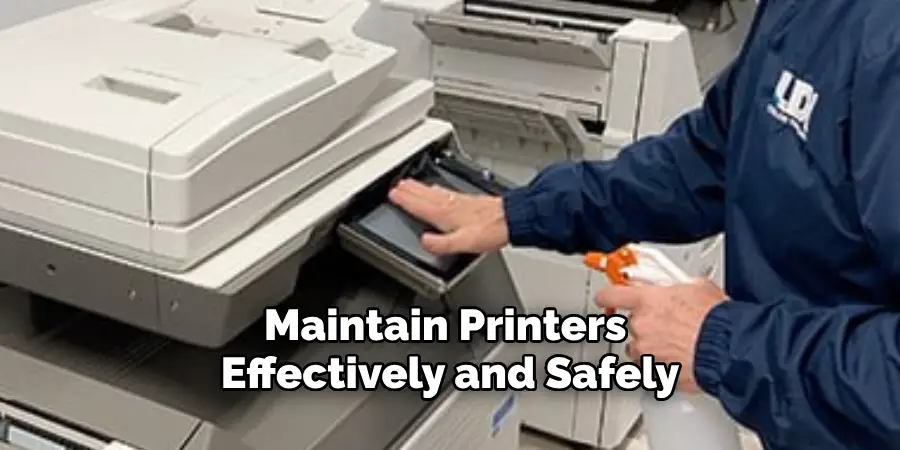
Conclusion
Emptying the toner waste container is a vital part of maintaining a laser printer’s functionality. Whether you’re using a traditional printer with a removable container or a more modern machine that requires a simple swap-out, understanding the different methods and precautions involved is crucial. Thanks for reading, and we hope this has given you some inspiration on how to empty toner waste container!

